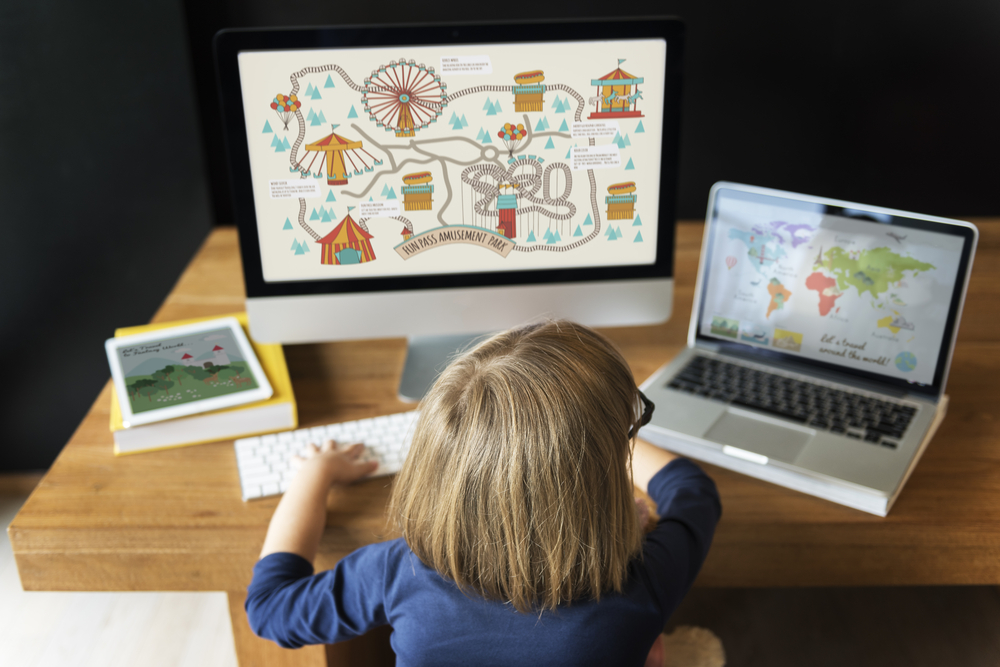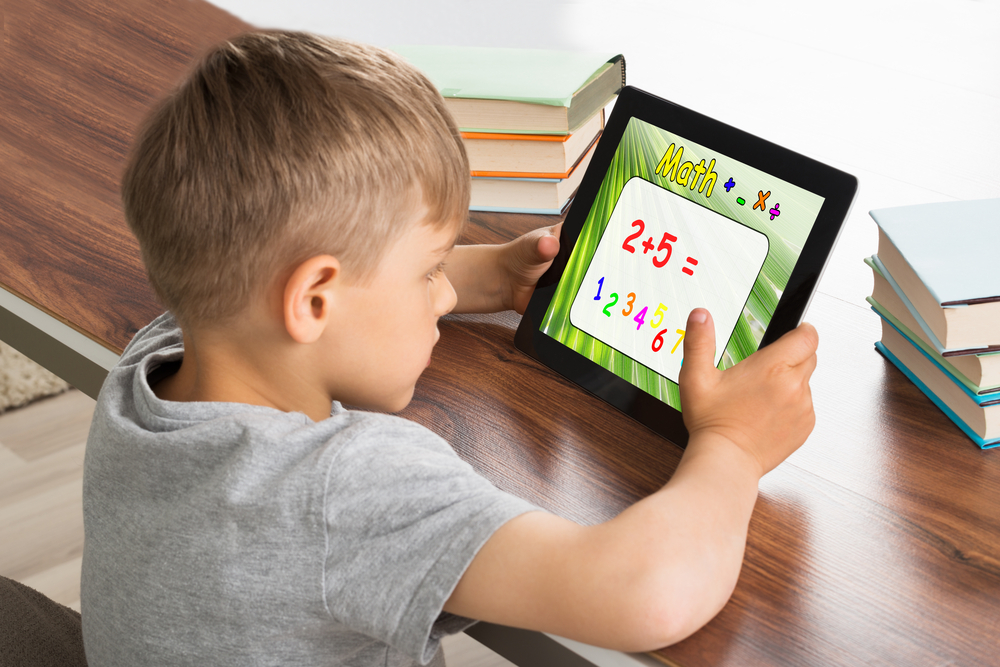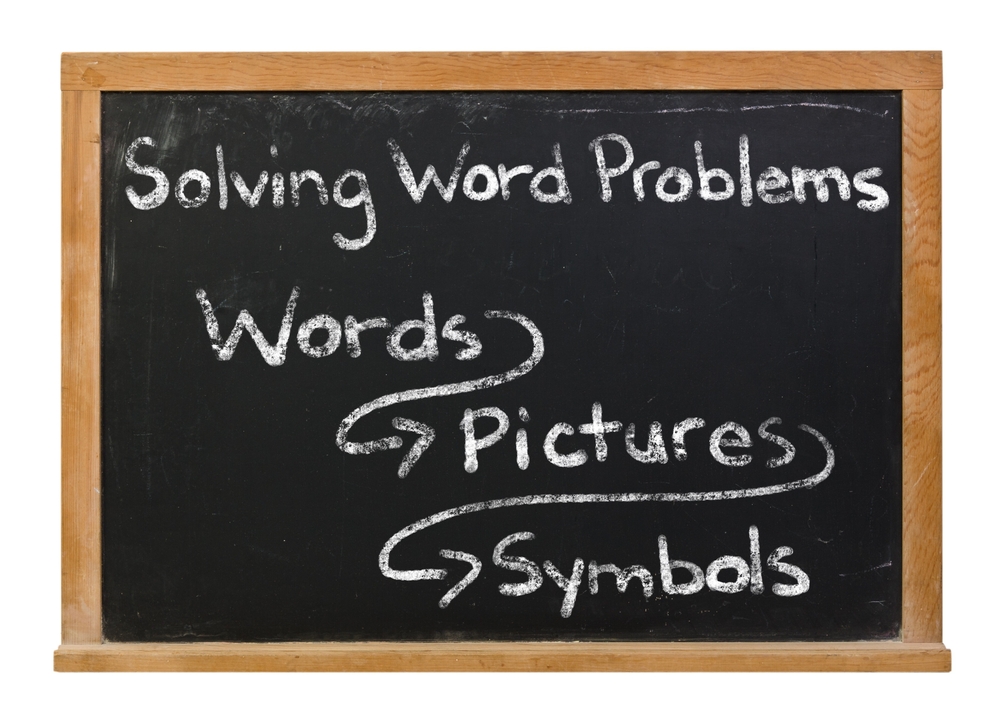Real-life application Math Worksheets for Ages 3-8
8 filtered results
-
From - To
Discover engaging math worksheets tailored for children aged 3-8! Our "Real-life Application Math Worksheets" bridge the gap between classroom learning and everyday situations. Designed to make math fun and relatable, these worksheets help young learners grasp essential skills through practical scenarios. From counting groceries to telling time, each activity enhances critical thinking and problem-solving abilities. Our easy-to-follow exercises ensure kids understand how math applies to their world, building a solid foundation for future learning. Enhance your child’s math experience today with our expertly crafted resources! Visit our website to start exploring interactive and educational worksheets.
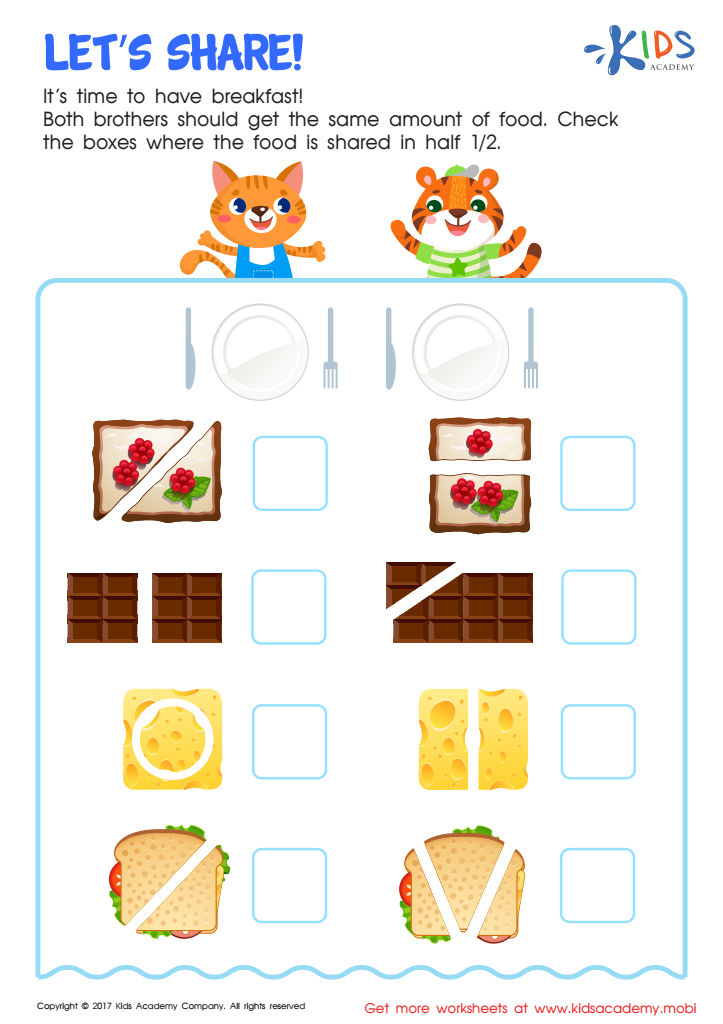

Let's Share Worksheet
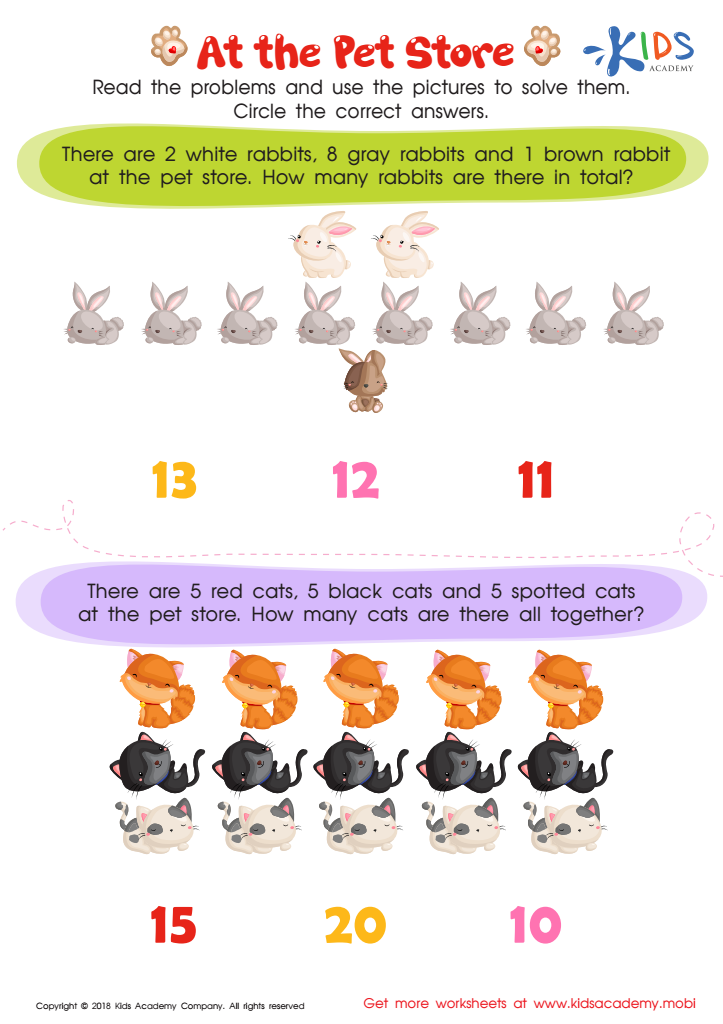

At the Pet Store Word Problems Worksheet


Birthday Word Problems Substraction Worksheet
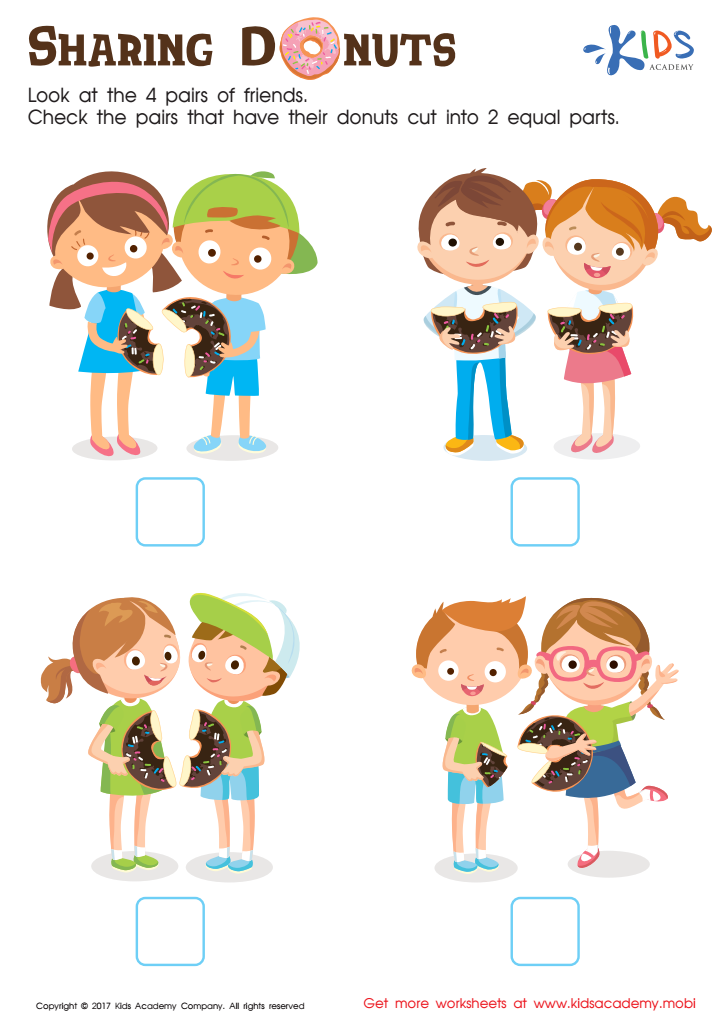

Sharing Donuts Worksheet
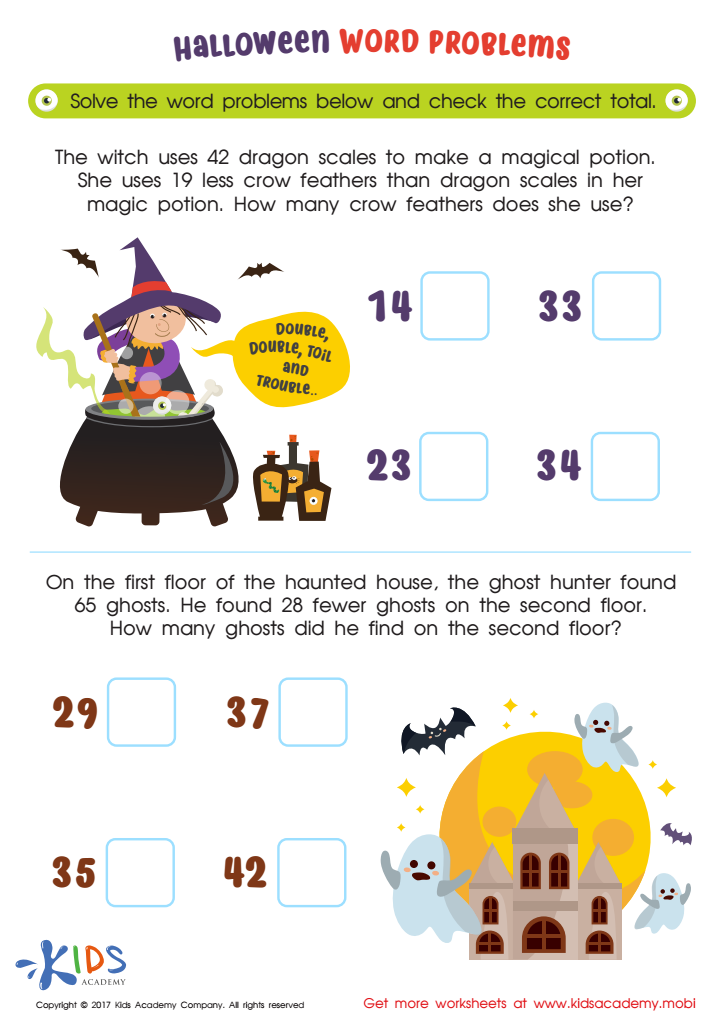

Halloween Word Problems Printable


Rounding Healthy Choices Exercise Worksheet


At the Market Worksheet
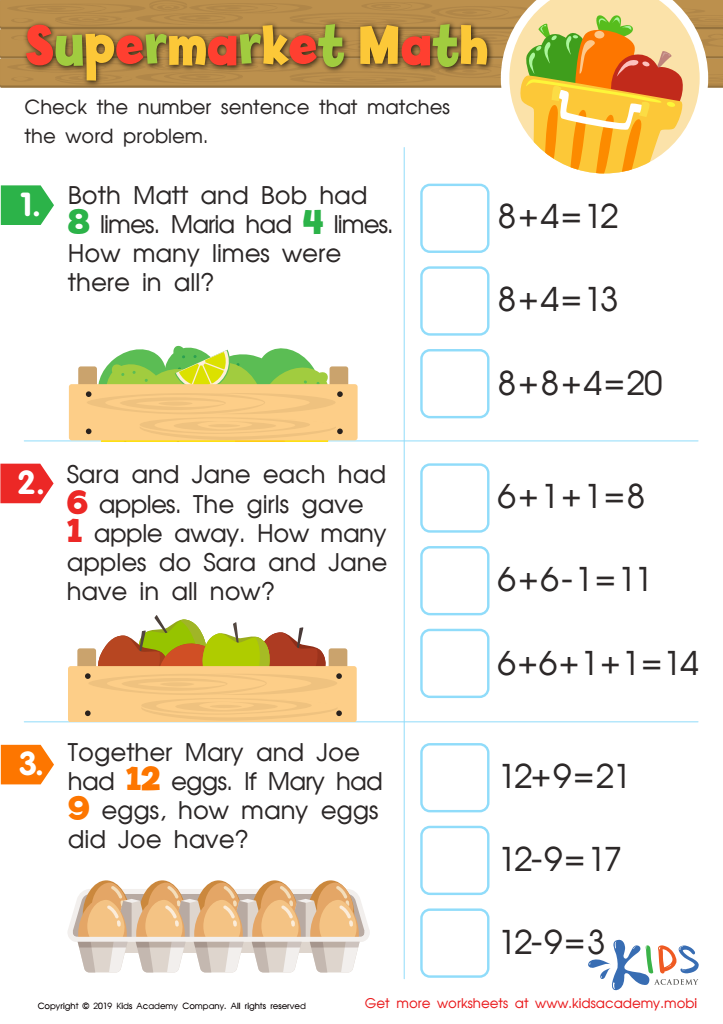

Supermarket Math Worksheet
Parents and teachers play a crucial role in fostering early math skills, and integrating real-life applications can make these lessons particularly engaging and effective for young children aged 3-8. Math isn't just an academic subject; it's a vital life skill that forms the foundation for problem-solving and logical thinking. By embedding math concepts in everyday activities, children can understand how math is relevant to their daily lives. For instance, counting apples during grocery shopping, measuring ingredients for a recipe, or sorting toys by size and color make abstract concepts tangible and fun.
These real-life applications not only hold a child’s interest but also enhance their cognitive development. They encourage curiosity and make children active participants in their learning process. When children see how math helps in real situations—like deciding how many more blocks are needed to balance a building or sharing treats equally among friends—they develop a positive attitude toward the subject and greater self-confidence.
Moreover, early exposure to practical math can lead to better academic performance in the future. Studies have shown that children with strong early math skills are better prepared for school, excel in various subjects, and develop critical thinking skills. Hence, incorporating real-life math applications is essential in helping children grasp the importance, accessibility, and joy of math from an early age.
 Assign to My Students
Assign to My Students





